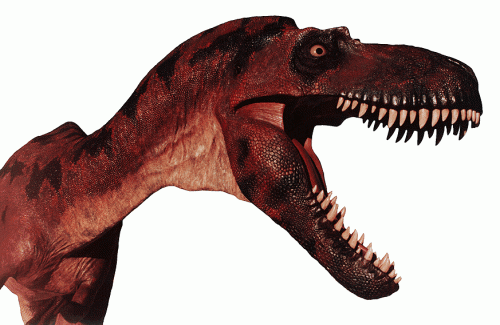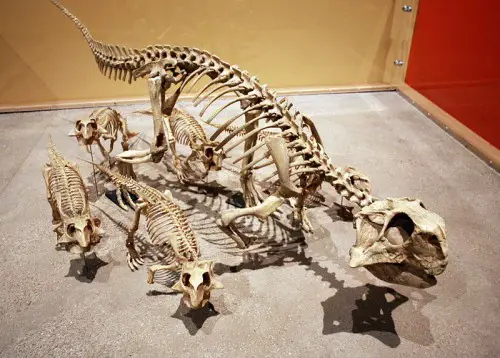Parksosaurus
The Parksosaurus was a type of ornithopod that roamed the land of what is now Canada. This small, bipedal herbivore was believed to live during the later Cretaceous period and its physical look is based off of fossils that depict a partial skull and a partial skeleton.
Although a full estimation of the size of the Parksosaurus is yet to have been done it is widely believed that the Parksosaurus was similar in size to the Thescelosaurus which would make it around 1 meter tall at the hips and around 6 – 8 feet in length. This was determined by studying the partial skeleton of the Parksosaurus and comparing it to the Thescelosaurus.

Parksosaurus, an estimated build
The Parksosaurus, although thought to be similar to the Thescelosaurus in stature, is believed to have been lighter judging by its smaller shin bone found in the fossilized remains of the partial skeleton.

An artistic re-imagining
The artist impressions of the Parksosaurus are for the most part based on estimates however from the knowledge of other species that belong to the Hypsilophodontidae which is part of the Ornithopoda order, the Parksosaurus is thought to have been a swift, agile dinosaur with a long neck and beak like frontal plates. The forelimbs would have been small and dexterous whilst the hind limbs were long and powerful.
When first discovered in 1926 by William Parks the Parksosaurus fossil was in very bad shape. The specimen appeared to have been laid on its left side and most of its right side hard been destroyed, the head had also been detached with parts of the neck scattered around.


